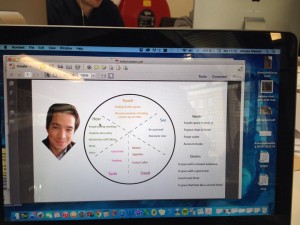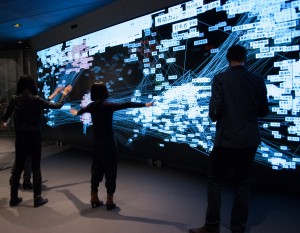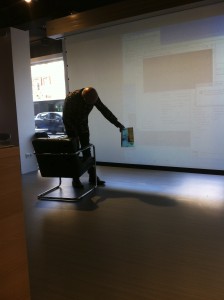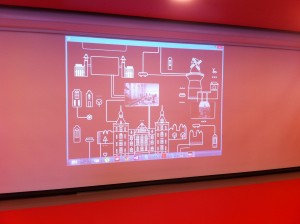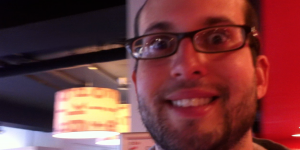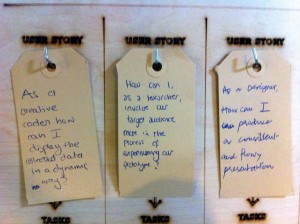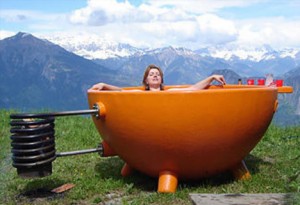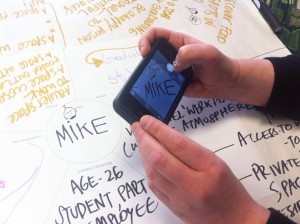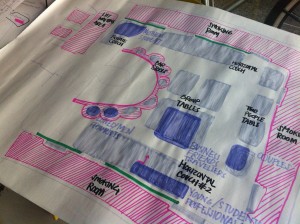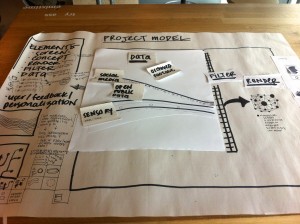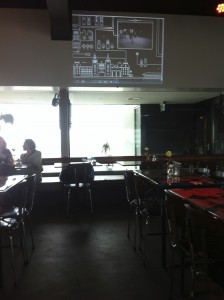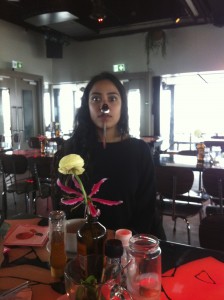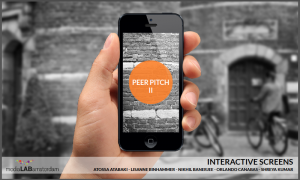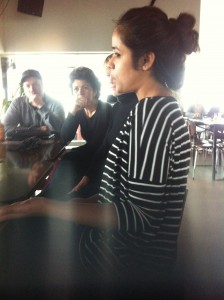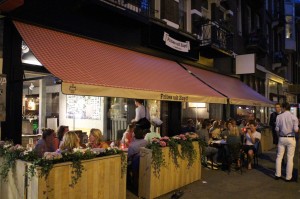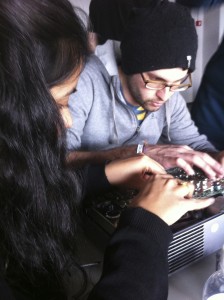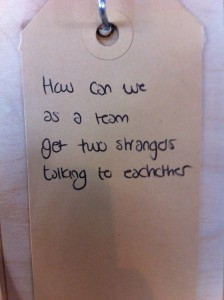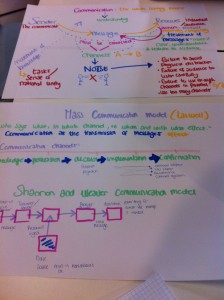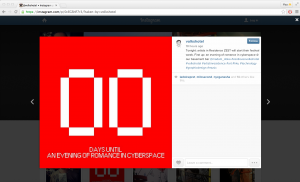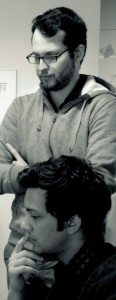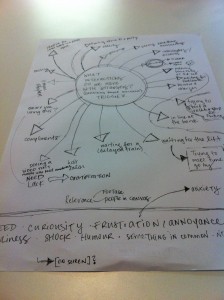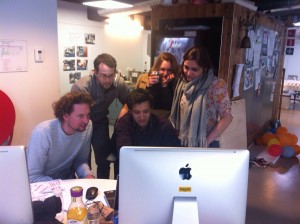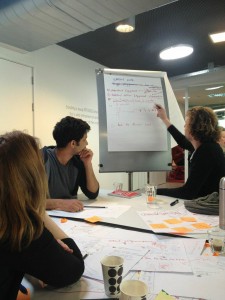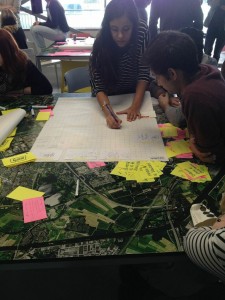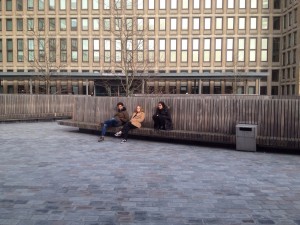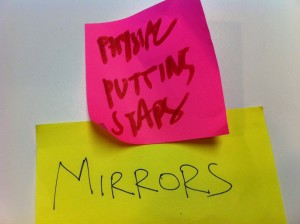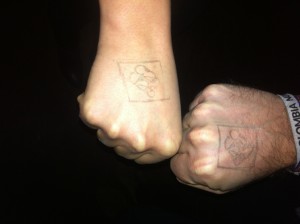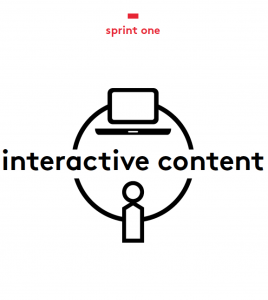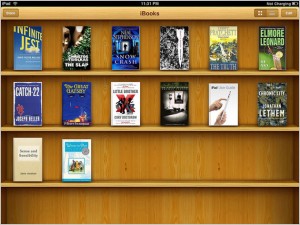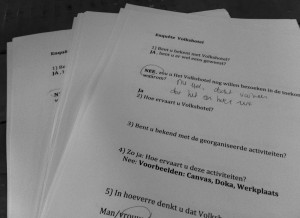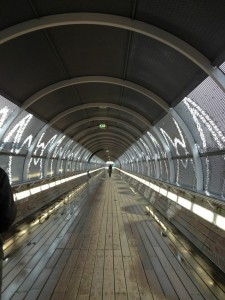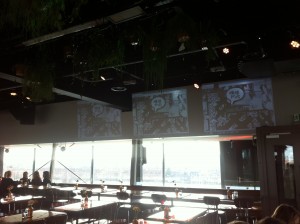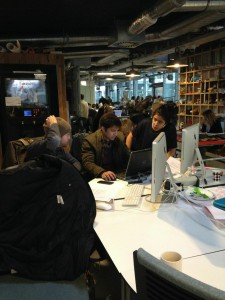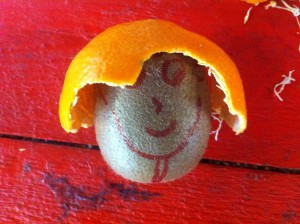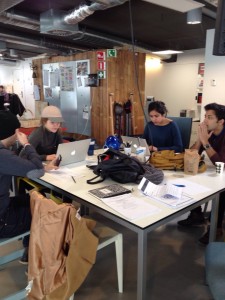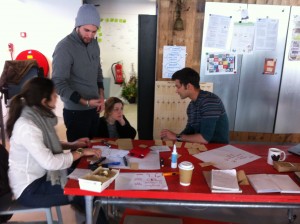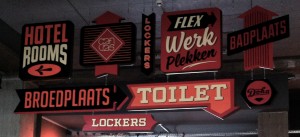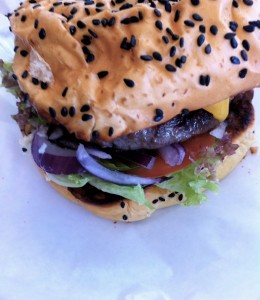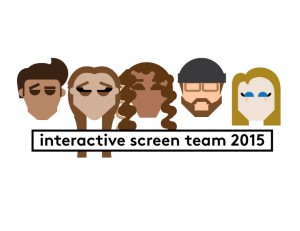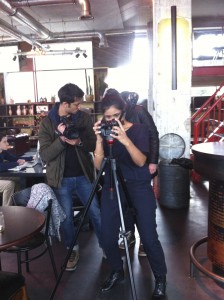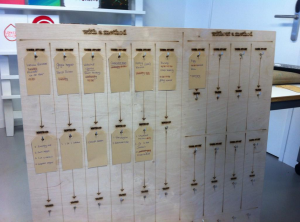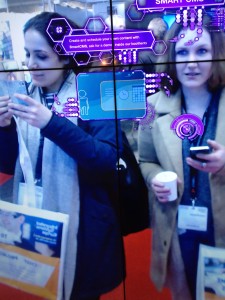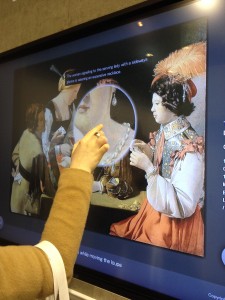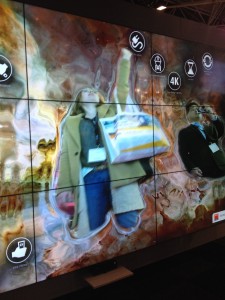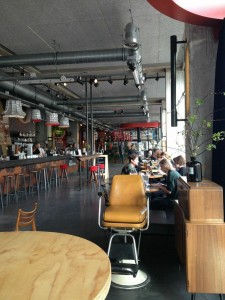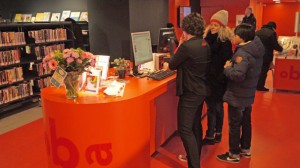Summer Lovin’
Throw on a tank top, grab your sandals and hit the ice cream stalls because summer has finally hit Amsterdam! It’s made the past week go by like lightning (well that, and it was actually a short week due to Easter and all that). There’s something to be said about sunny weather elevating everyone’s moods. That, and we’ve had a really productive week with all of the work we’ve been doing, going to our translate session, and prototype testing at both the OBA and Volkshotel.
Atossa worked on the “Emotional Canvas”, which draws connections between what is going on in a space, and the different moods within it. To match this, Orly and Shreya have looked at how people move through the Volkshotel and OBA. They brought both of their research together to understand how one of our personas – Mike – feels in, for example, Canvas. It sounds a bit creepy, but we’ve got him all figured out.
Nikhil has been working in openFrameworks to start bringing our project to the next level. He’s been using the program to animate certain aspects of Lisanne’s design work, and hook up these animations with Twitter. Eventually, we’re hoping that we can use openFrameworks to produce organic content (aka self-generating and awesome). The projects that have been done to date with openFrameworks are nothing short of oh-em-gee worthy like the one pictured above (read more here).
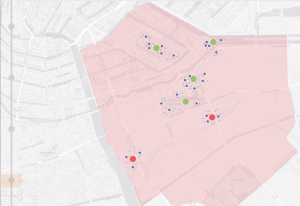
One of our Translate slides: Demonstrating how we looking at the social media activity of various Oost landmarks.
Our Translate Session was a game changer. We sat with Gijs and Felipe and talked about (some) our work so far and the decisions we’ve made. However, our presentation was a bit off point: we shouldn’t be presenting some things, and our decisions really need to be discussed and justified at the Translate Session itself. Ah. Oops. Okay. We got some insights as to what we need to be considering for the next sprint, such as how we can measure the levels of different types of involvement (from FourSquare to Twitter to Instagram).
On Thursday we went to the OBA and tested our prototype. We got there around five and, it being summer and all, the sun was still very much out (read: can’t. See. The. Screen). So we tested on another one of their screens, which was as equally massive. It was really eye-openeing to see how different our work looks at the OBA versus the Volkshotel.
As Orly, Nikhil and Lisanne observed the test, Atossa and Shreya asked people in and around the library if they recognized the different landmarks that Lisanne had designed. Results? Tropenmuseum, yes. Artis, no. No, not really, no. They also asked people what they are proud of in Oost, a question that might end up being a key turning point in our work. We’ll see.
Friday morning Lisanne hopped on the back of Atossa’s bike and they rode off to get a better understanding of Oost as a neighbourhood and its landmarks. They stopped at the Tropenmuseum, Artis and had a wander around the market in the sun (was there a pit stop for ice cream? Maybe…). Heel lekker.
And… two days left to go. Bottoms up.









